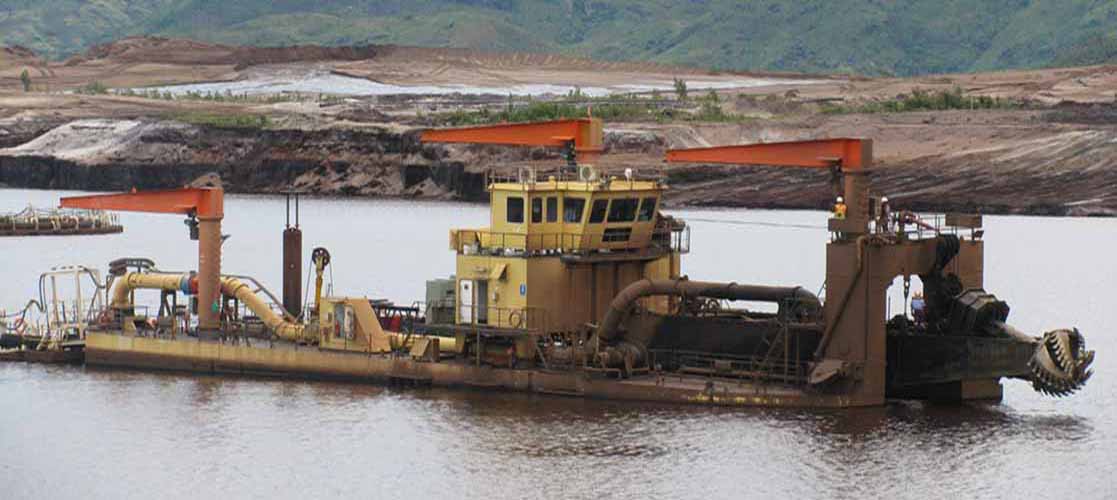You may remember our former student, Shareen Elnaschie, from her article on building disaster-resilient communities in flood-prone areas and her recent competition for creative activism. Today at EJOLT (Environmental Justice, Organizations, Liability and Trade) we can read her new article Rio Tinto: Compensation manipulation in southeast Madagascar, which highlights the deceiving compensation packages dealt by developers to poor rural communities as a way of legitimizing land grabs and the exploitation of natural resources.
She zeros in on the case of Anosy, a remote region in southeast Madagascar, where the lease of 6,000 ha of land for ilmenite extraction in a deal struck by mining giant Rio Tinto with the Government of Madagascar (QMM), has resulted in widespread displacement of locals threatening traditional ways of life and stability in the area.
Through vague compensation claims and subjective benefits open to interpretation, Rio Tinto “justifies both the degradation of forest through mining and the need to create conservation zones necessary to offset the damage caused…effectively re-packaging essential offsets as project benefits in order for QMM to appear more like a responsible developer.” This can have dire consequences in places like Madagascar where conservation is critical and on which livelihoods depend.
Shareen points out:
“Attempts to simultaneously extract and protect resources result in the rapid removal of vast amounts of land from community use. Current development models aim to mitigate and offset these effects through compensatory and conservation responses but typically these do not address the complex link between community vulnerability and ecosystem vulnerability. These inadequate responses inevitably lead to ecological distribution conflicts; they stem from the way that differing value systems are deployed in development projects.”
While corporations get away with the business-as-usual-unsustainable practices disguised by faux-sustainability-discourses and bogus compensation packages, poor communities continue to suffer displacement and the erosion of their resilience. Development models need to address the complex link between community vulnerability and ecosystem vulnerability and vastly improve community engagement processes where the livelihoods of entire communities are at stake.
Read the entire article at EJOLT.


